A sea shell inspired the naming of porcelain. When Marco Polo, the Venetian traveler, first saw gleaming Chinese porcelain at the court of Kublai Khan in the 13th century, the color and texture reminded him of the cowry shell known as porcellana. Cowry shells were used as currency in China, India and parts of Africa and have been used as jewelry in many cultures.
Shells have continued to inspire porcelain and pottery pieces and were a very popular decorative device during the 19th century. Majolica oyster dishes were often in shell form. Conch, nautilus and scallop shells are held aloft by classical sea-gods, goddesses and putti in Victorian Majolica centerpieces by Minton and George Jones. The French Renaissance potter Bernard Palissy often incorporated shells into his naturalistic work and many European factories followed his style.
Collecting seashells on the beach and holding them to hear the sounds of the sea has been a popular pastime since time immemorial. Romantic paintings of maidens and children with seashells were the specialty of George White at Doulton’s Burslem studio. Anton Boullemier at Minton designed a dessert service depicting cherubs cavorting on shells.
Vases encrusted with naturalistically modeled shells were among the earliest designs produced at Doulton’s factory at Burslem in the 1880s. Royal Doulton incorporated shells into a spectacular table centerpiece for the Chicago exhibition of 1893. Standing 15 inches tall, the gold-encrusted design features two mermaids holding aloft a large shell with three clam-like shells at the base.
Contemporary ceramic artists are also fascinated by shells. Alyssa Ligmont creates stoneware trays and dishes inspired by tidepools at the sea shore. In Alyssa’s Tidepools chip and dip trays, the upturned oyster shells can be used for dips. Alyssa combines wheel-throwing, coil and slab building methods to produce utilitarian forms which she carves, stamps and models to embellish with shells and starfish. Multiple glazes are applied to achieve rich surface decoration with an organic feel. Occasionally she raku fires as with this humorous bunny with shells.
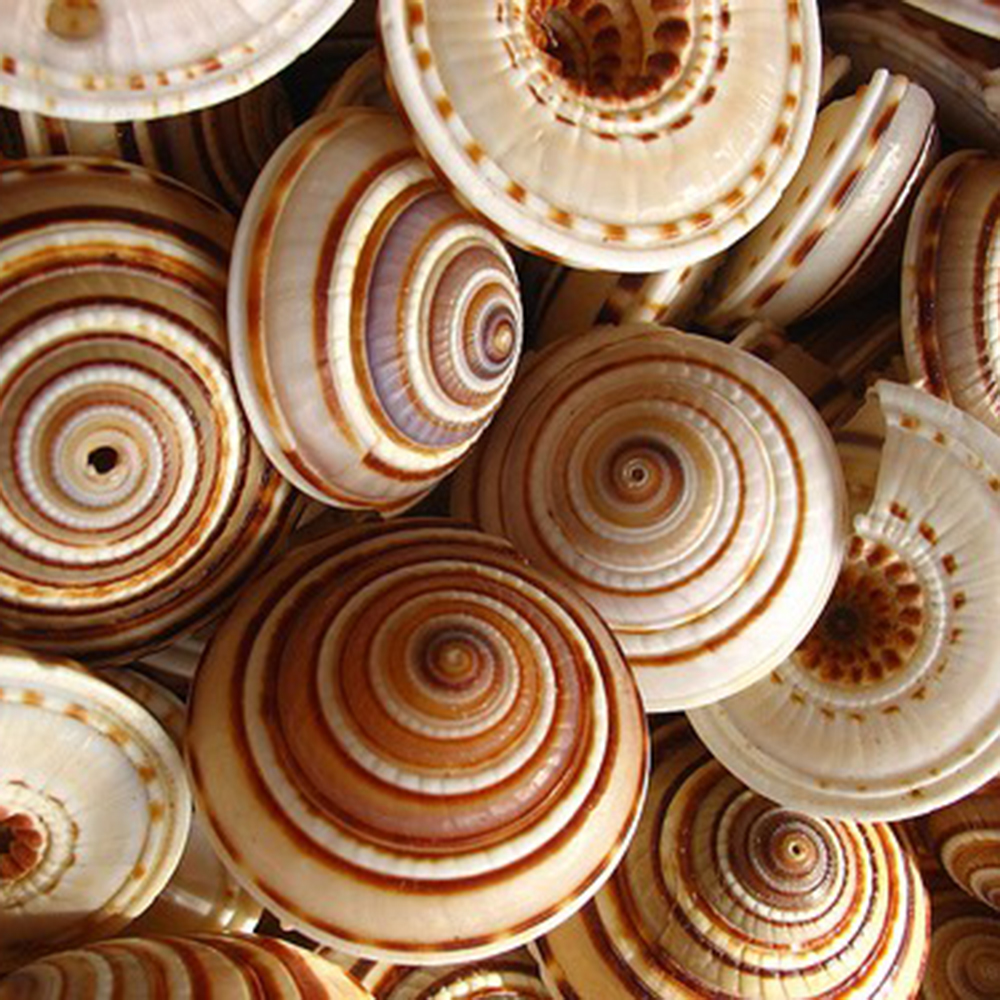
Shells
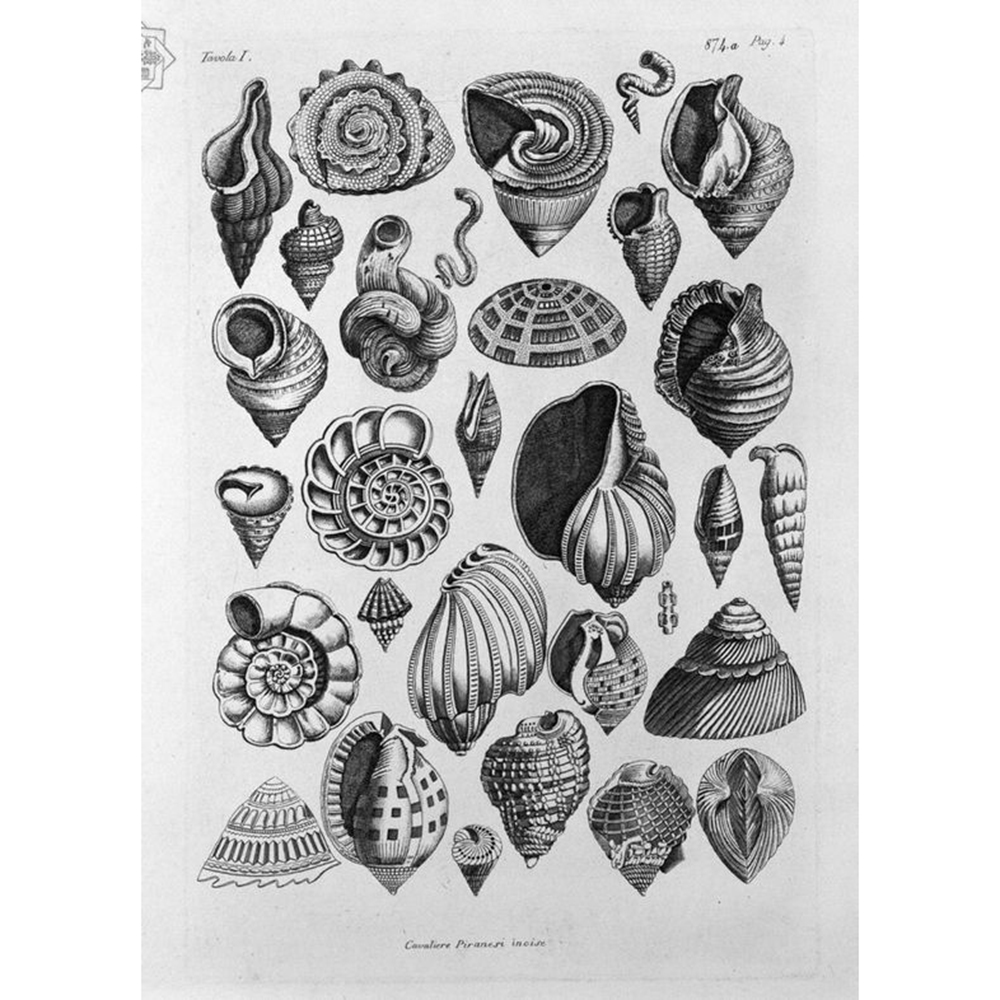
Piranese Shells
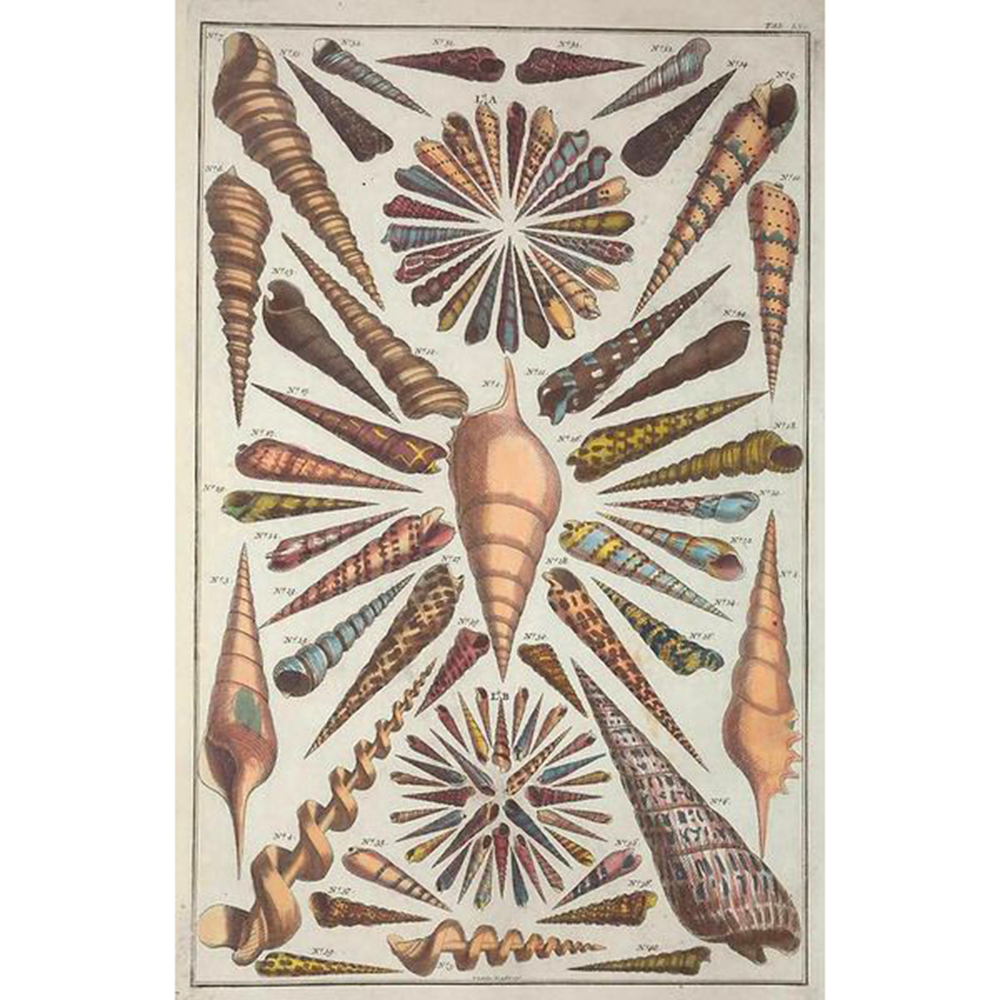
Albertus Seba Shells
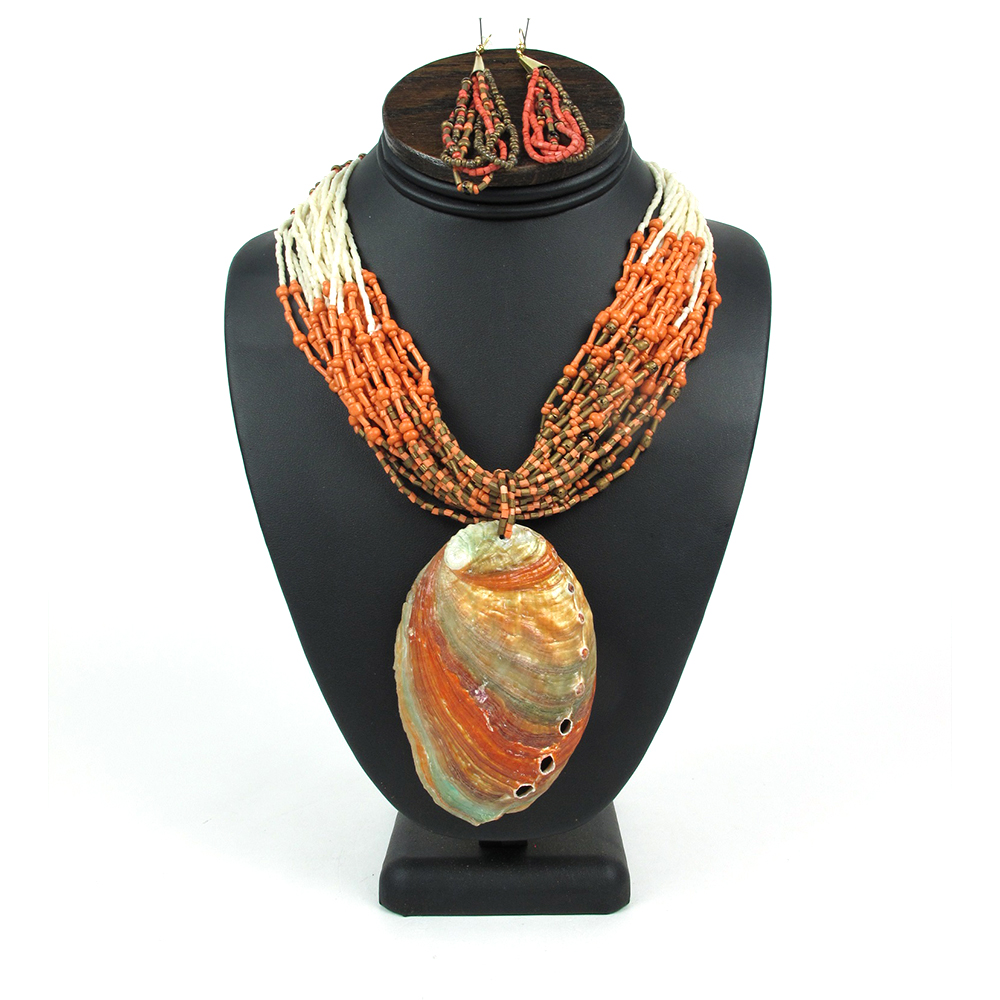
Shell Necklace by B. Alexis
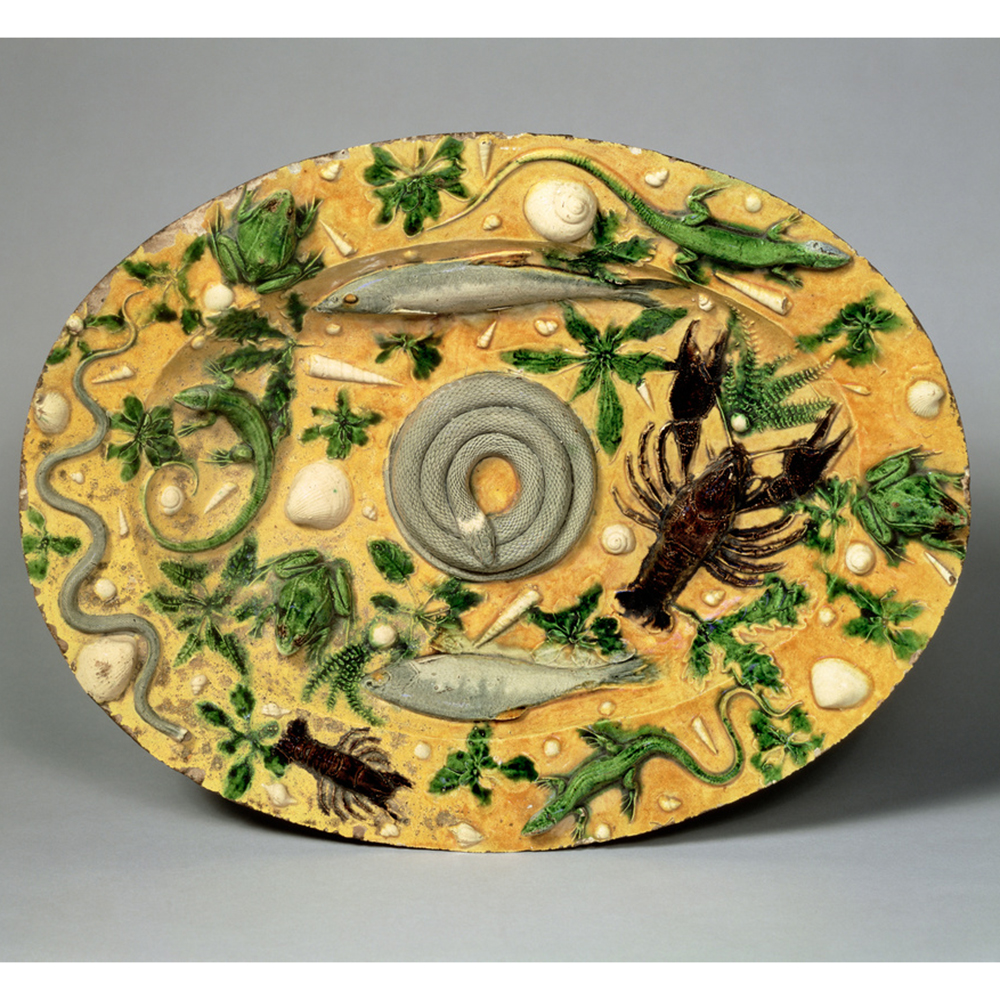
Palissy Shell Dish
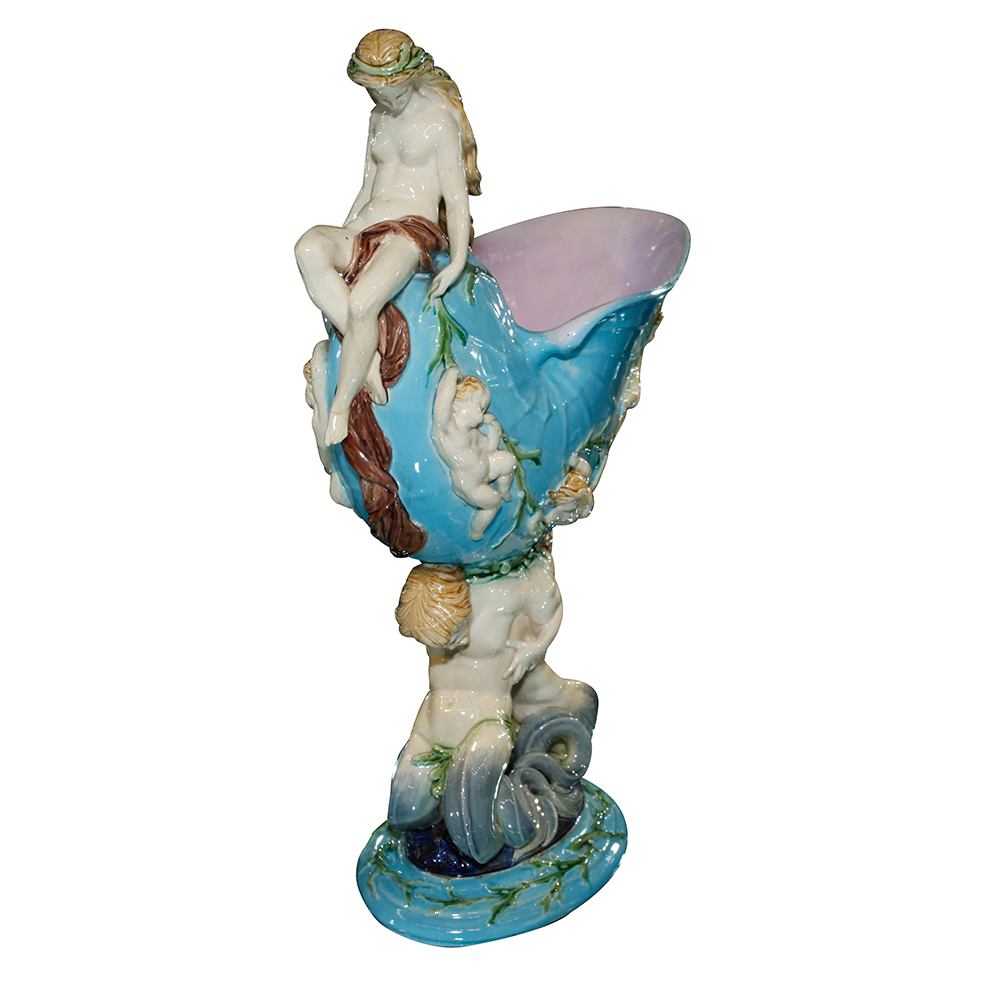
Minton Nautilus
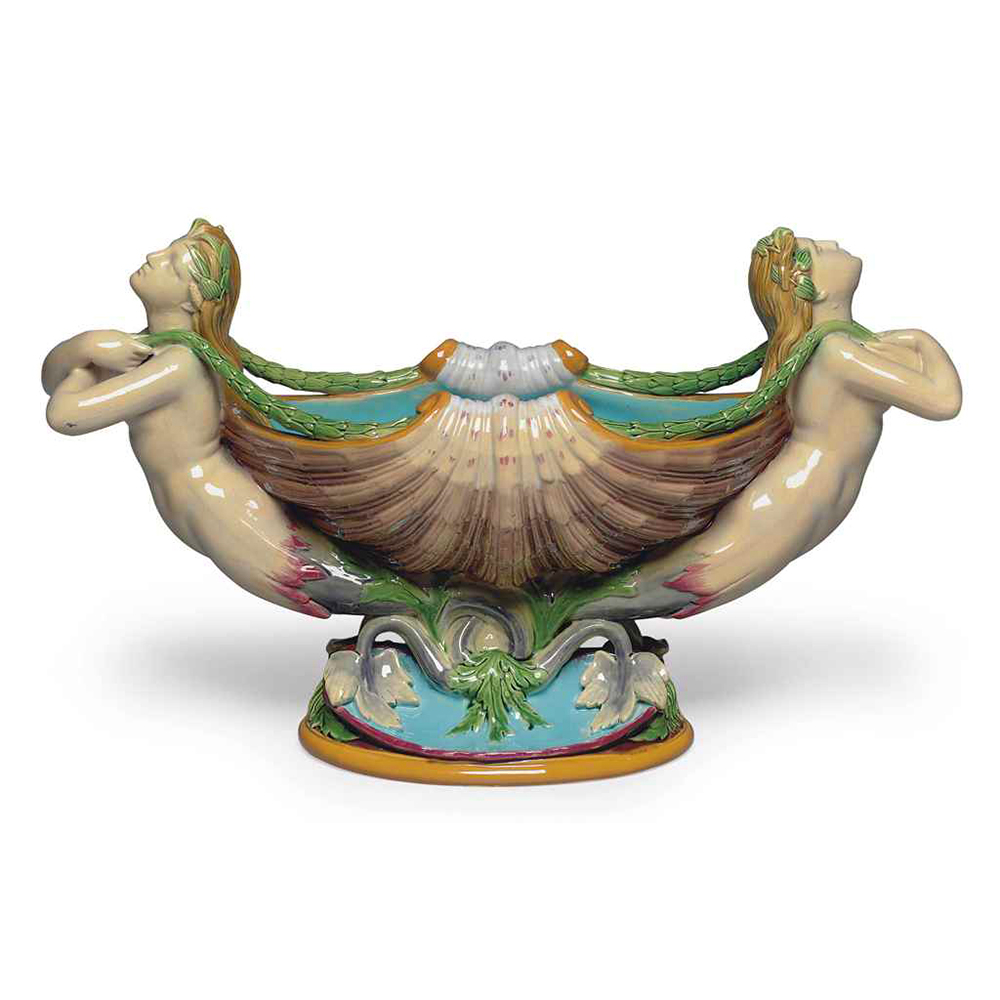
Minton Flower Bearers
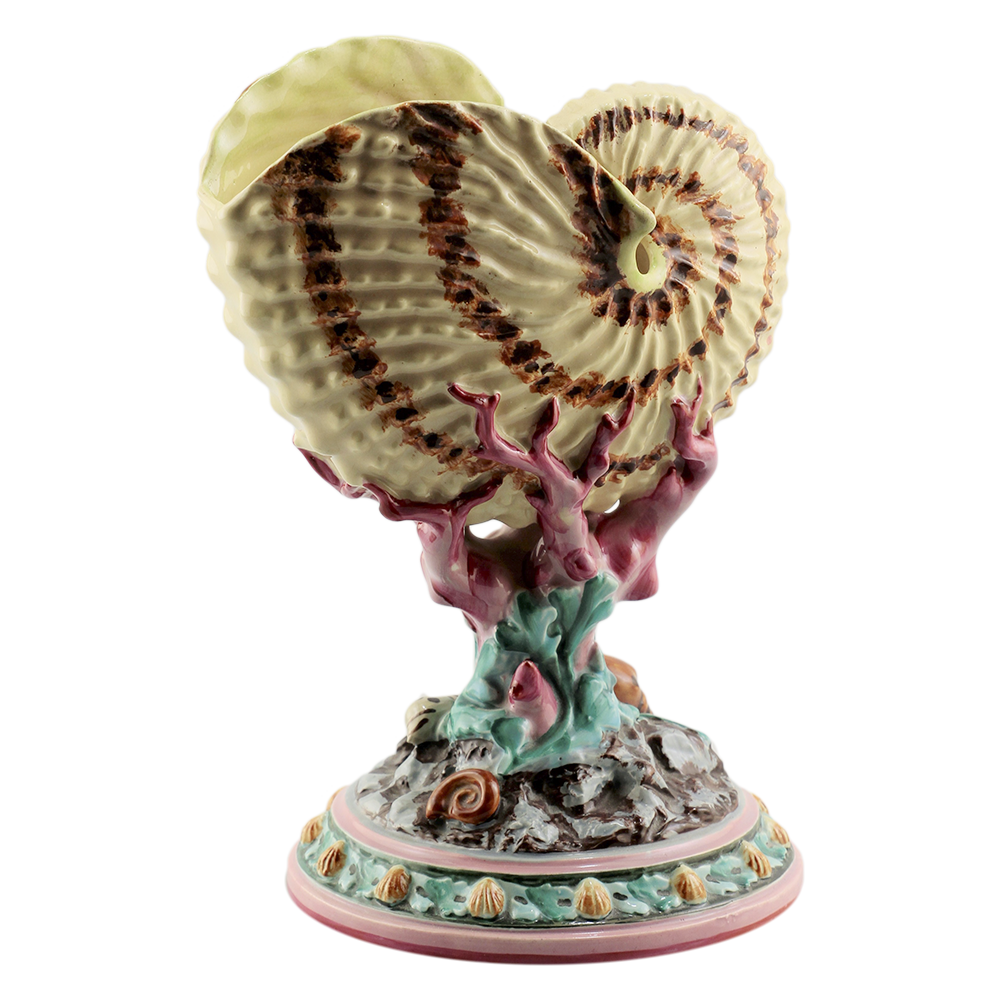
Royal Worcester Nautilus Shell
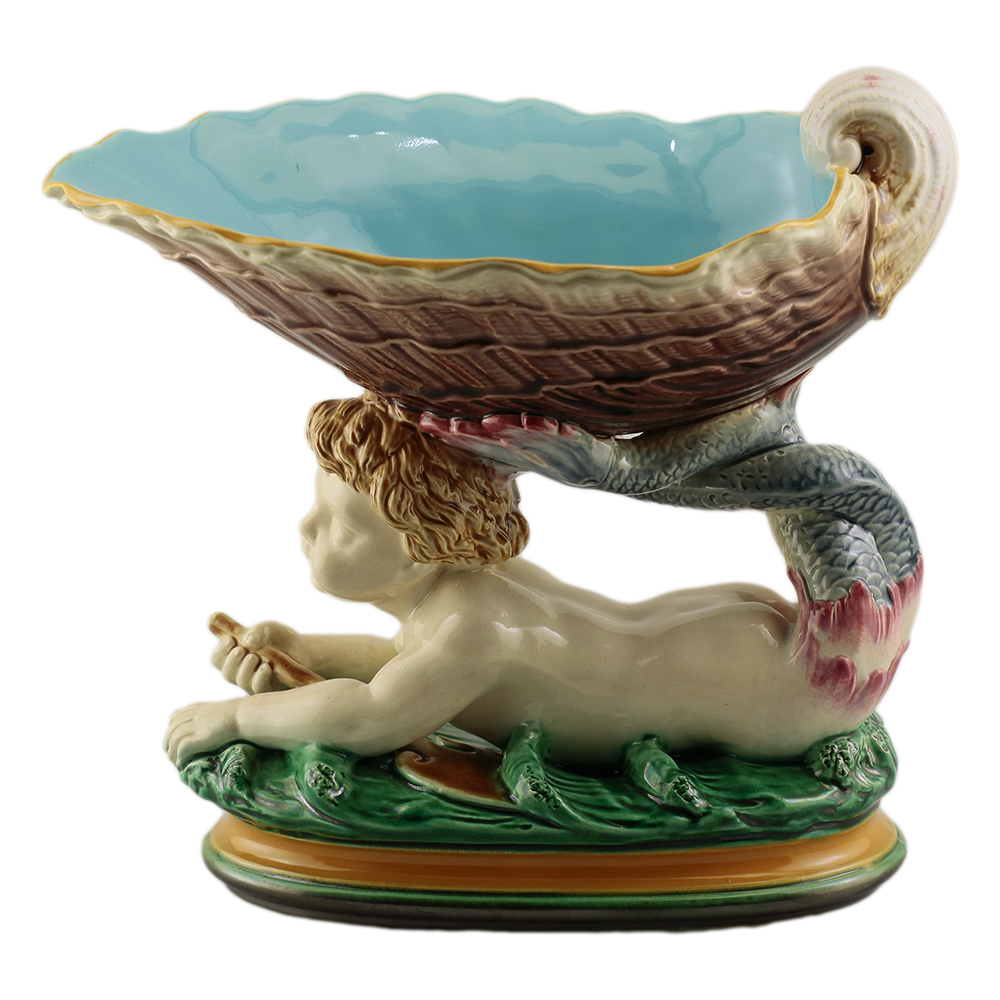
Minton Young Merman
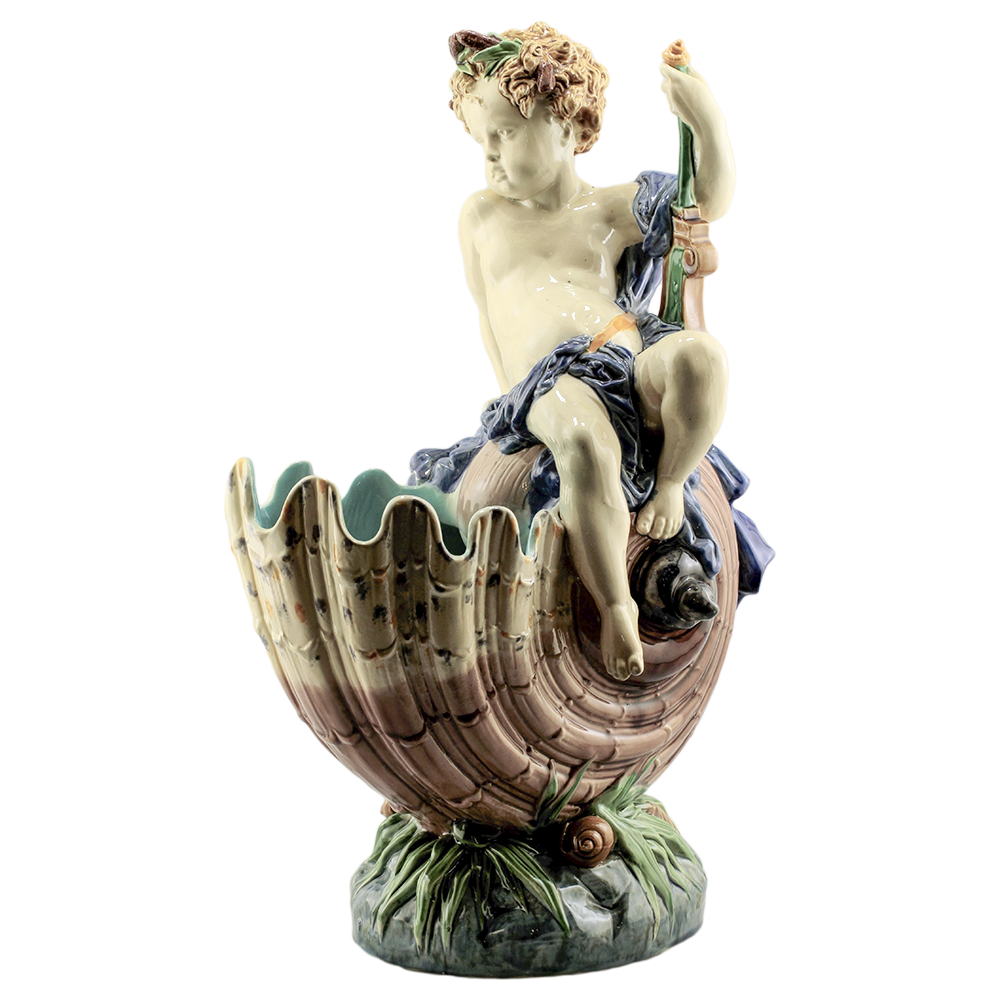
Minton Boy on Nautilus Shell
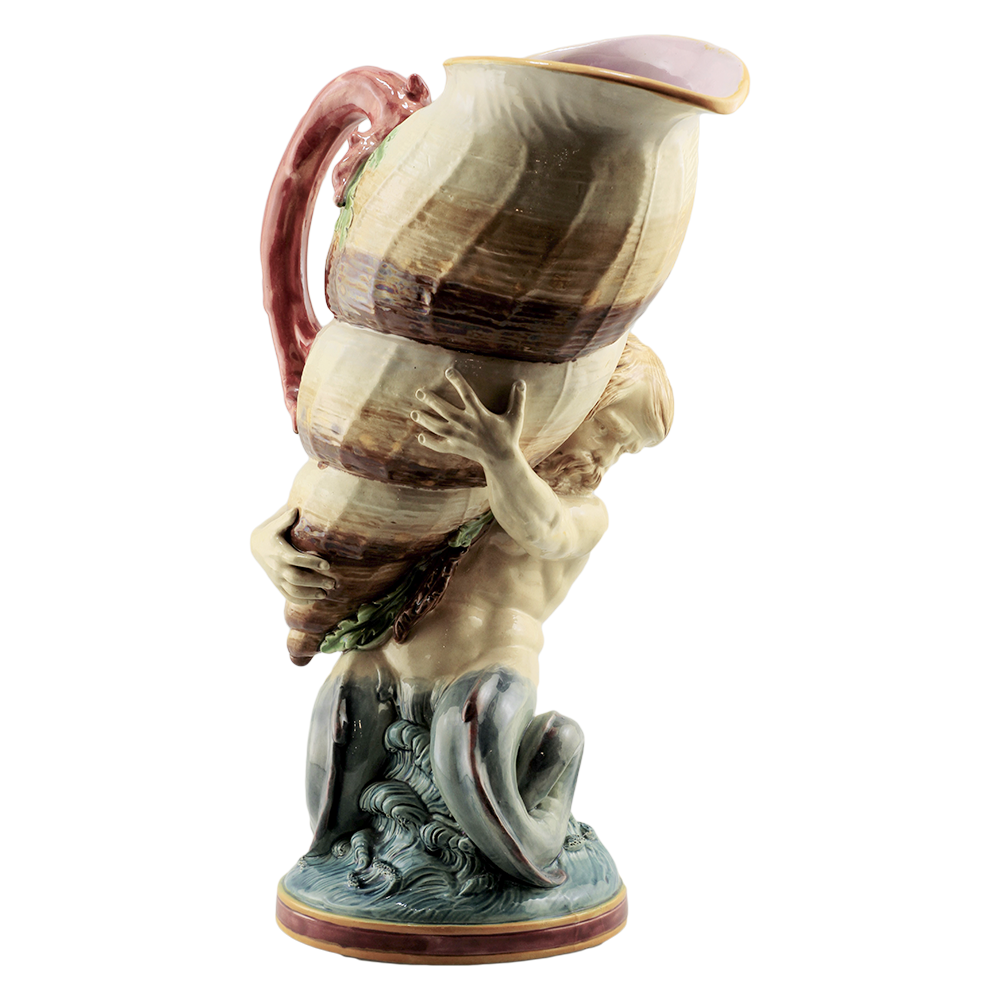
Minton Merman with Shell
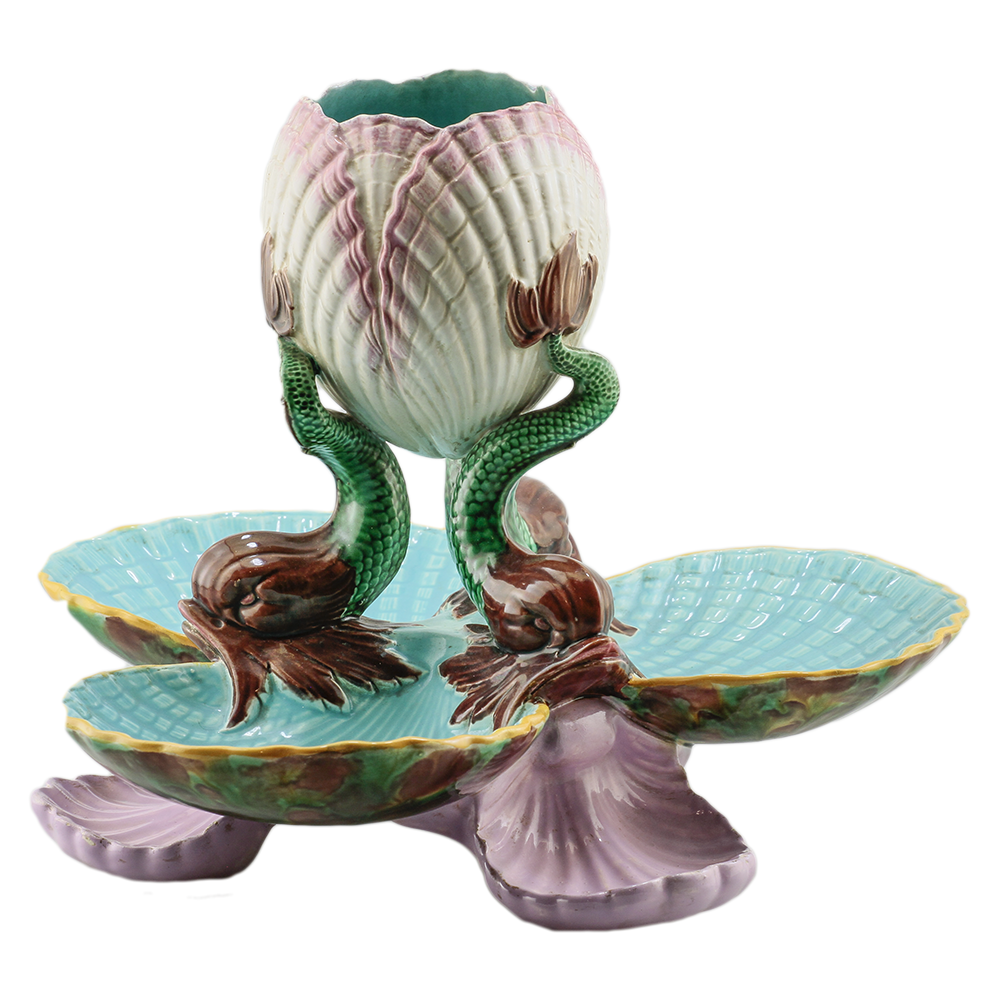
George Jones Dolphin & Shells
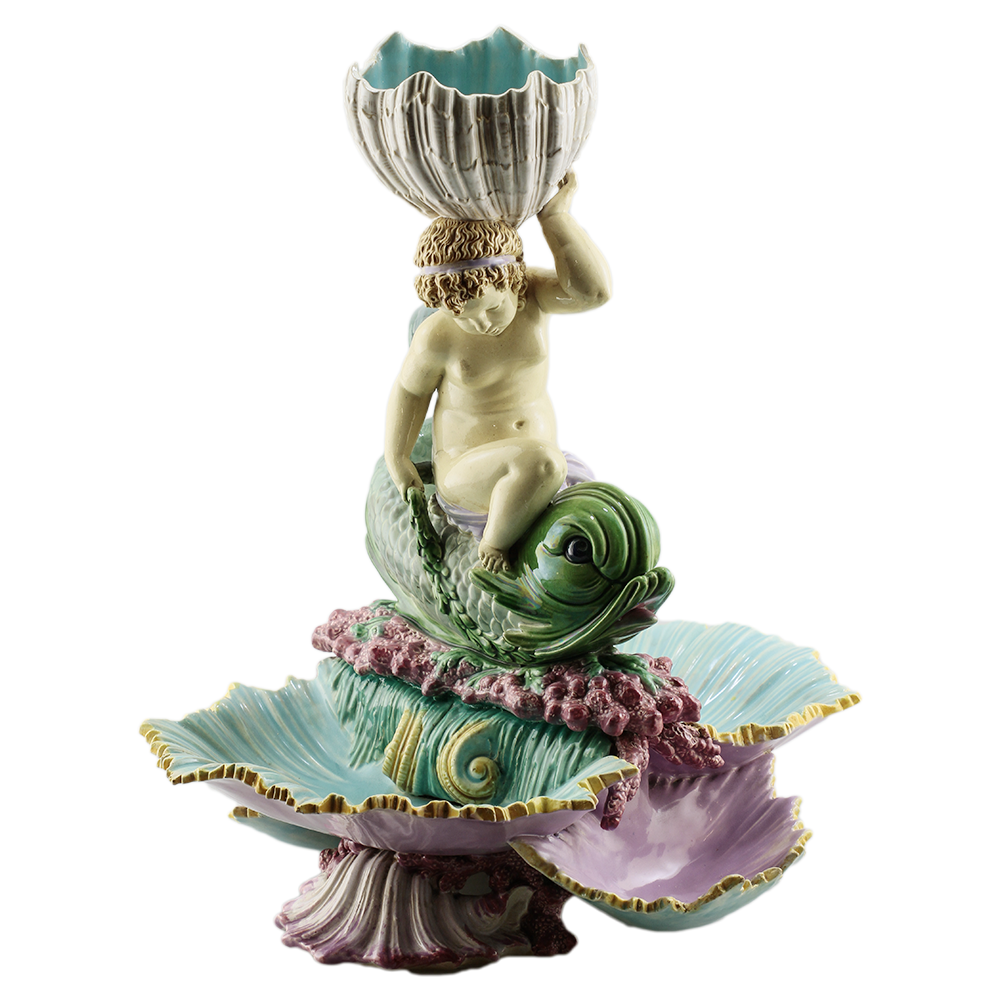
George Jones Infant Neptune on Dolphin
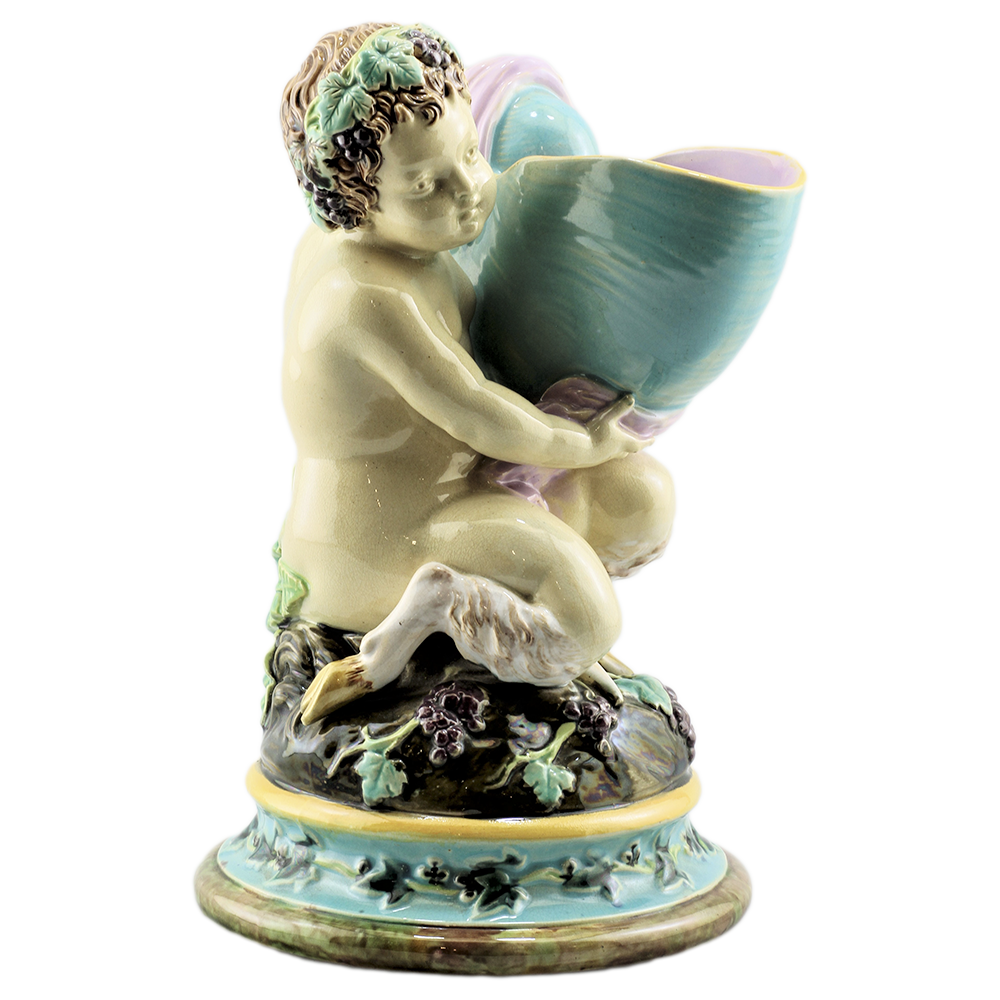
George Jones Faun & Conch
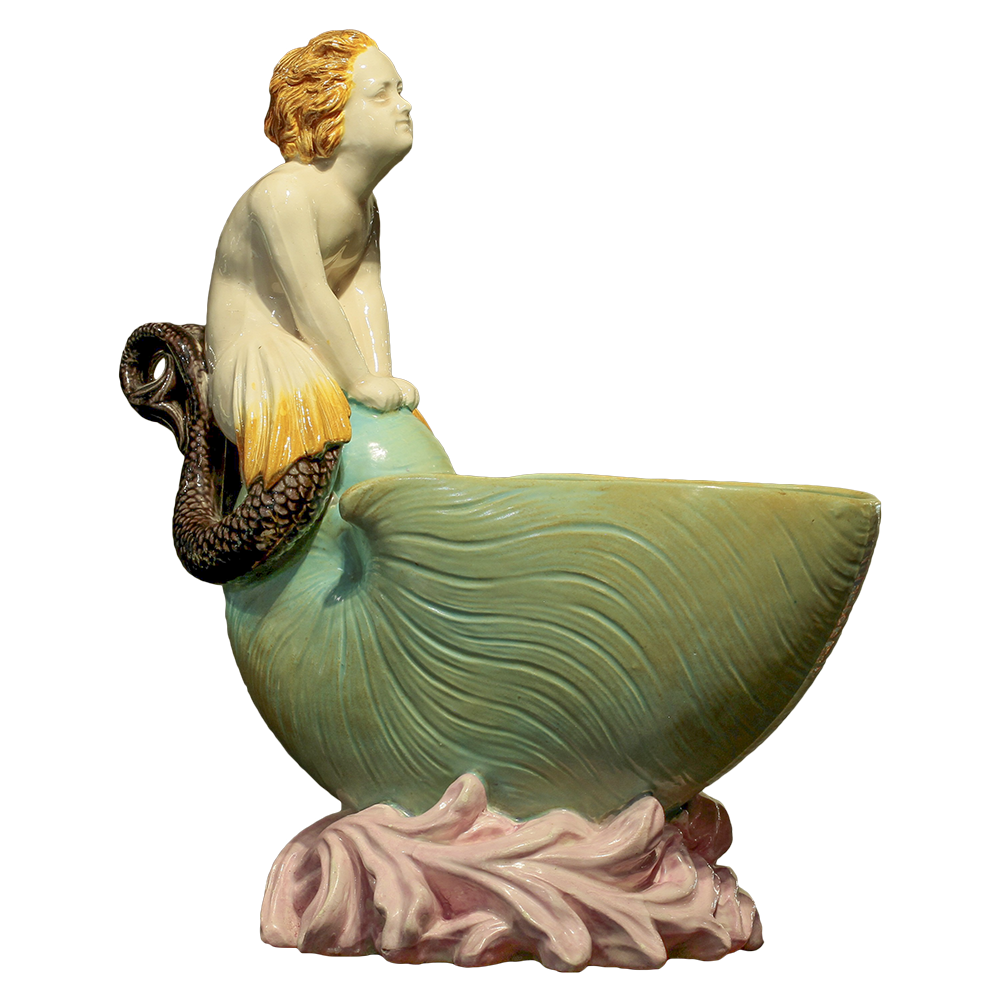
Wedgwood Young Merman with Shell
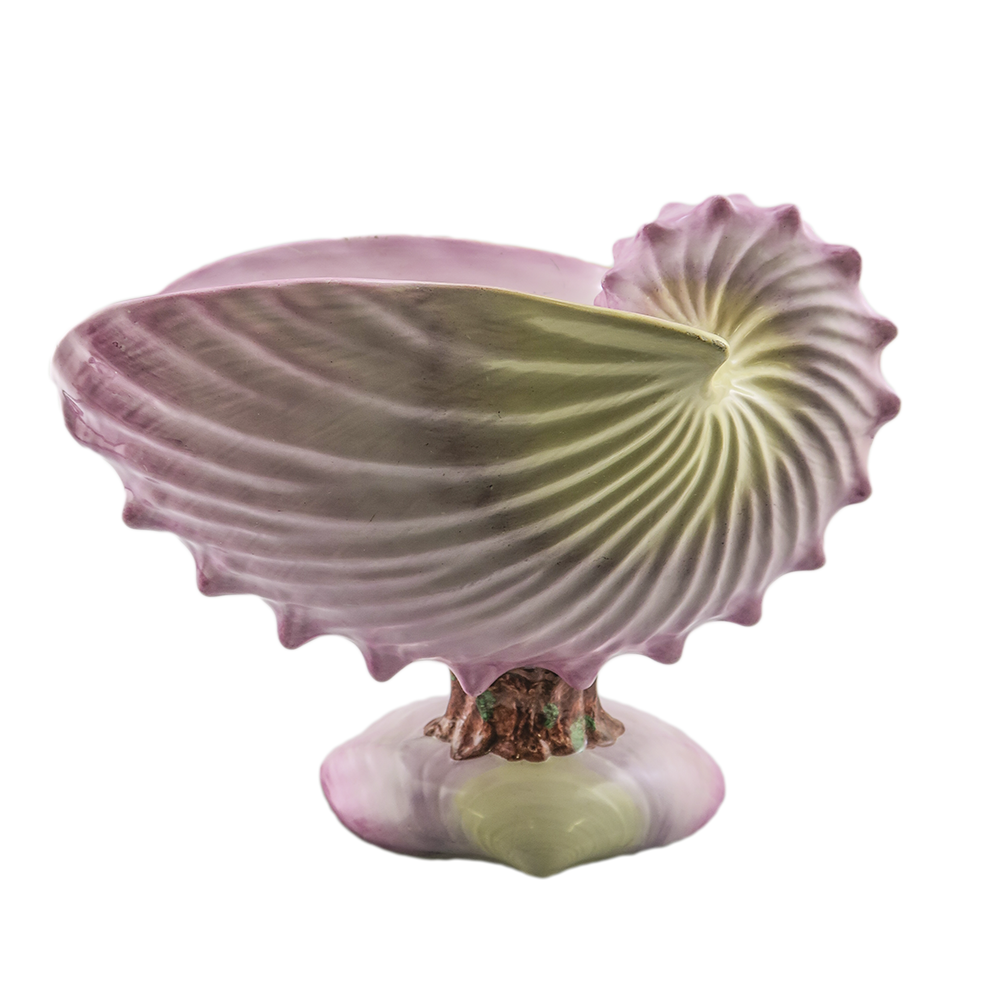
Wedgwood Queensware Shell Dish
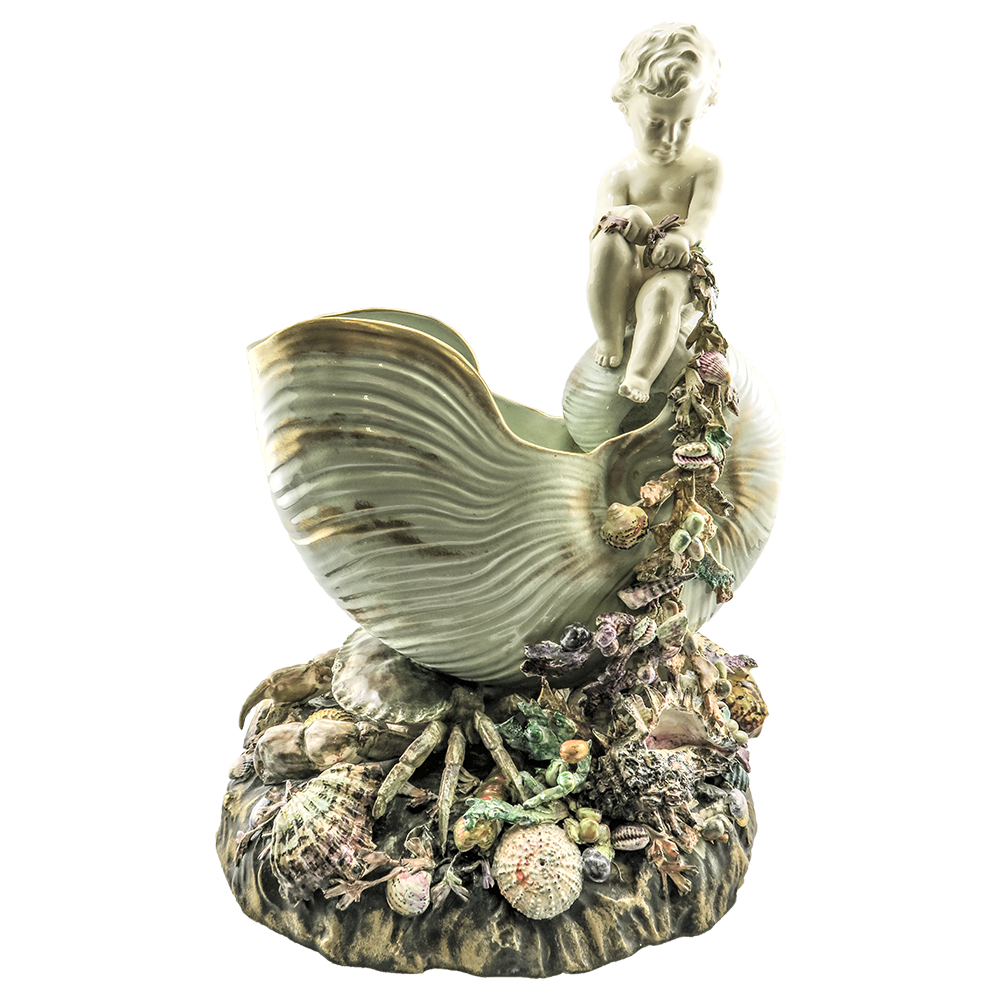
Doulton Burslem Putto on Shell
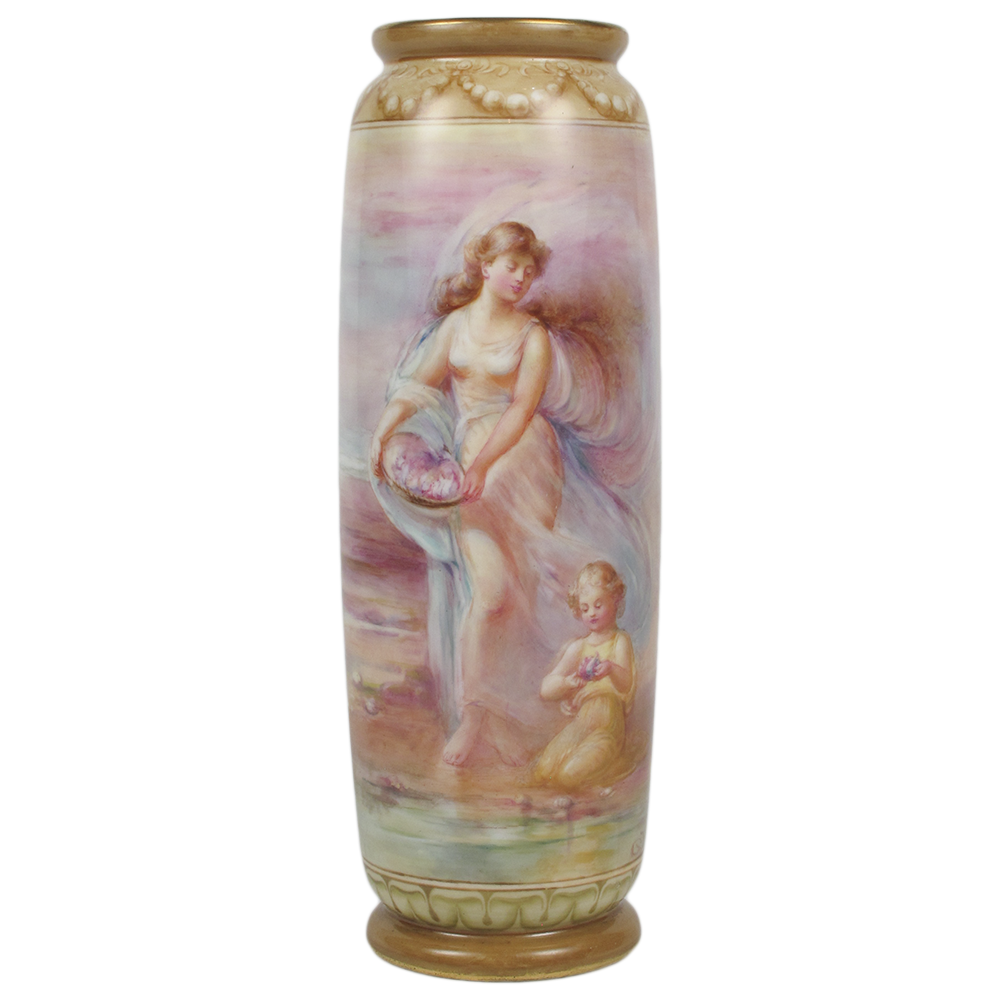
Doulton Vase by G. White
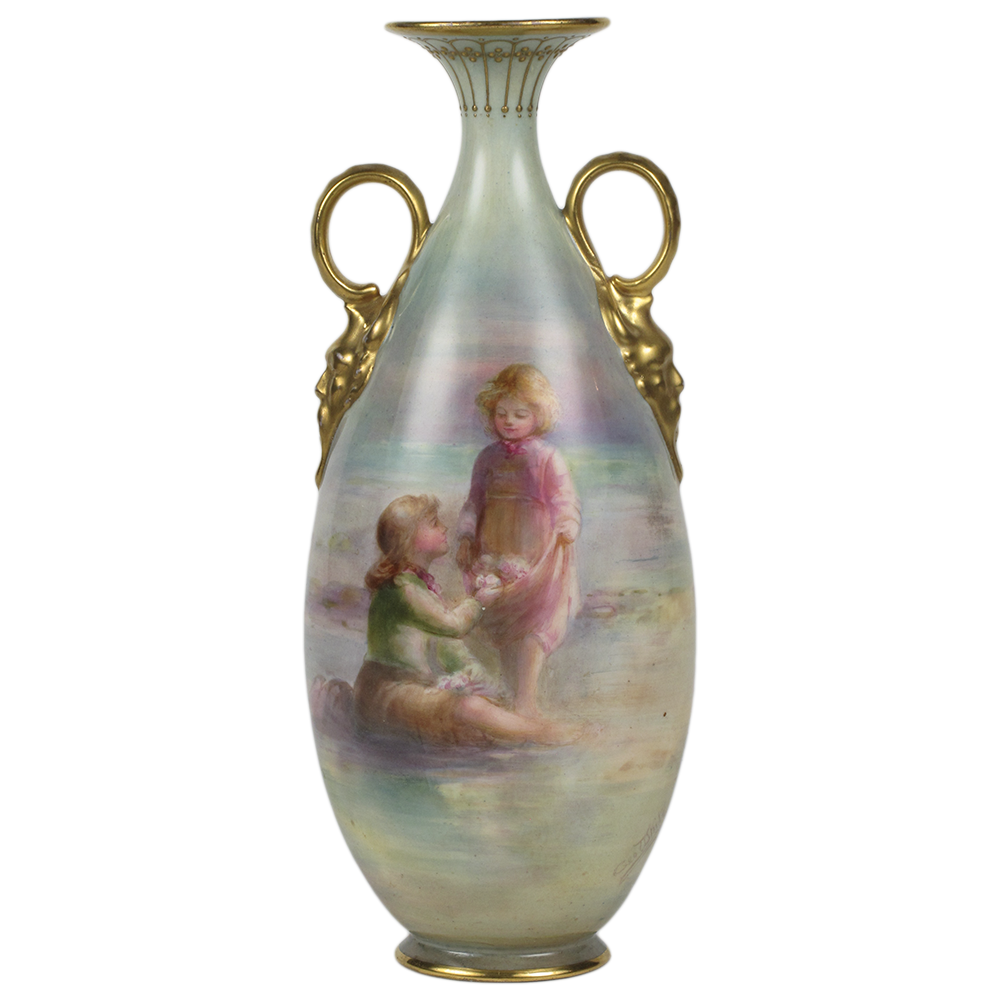
Doulton Vase by G. White
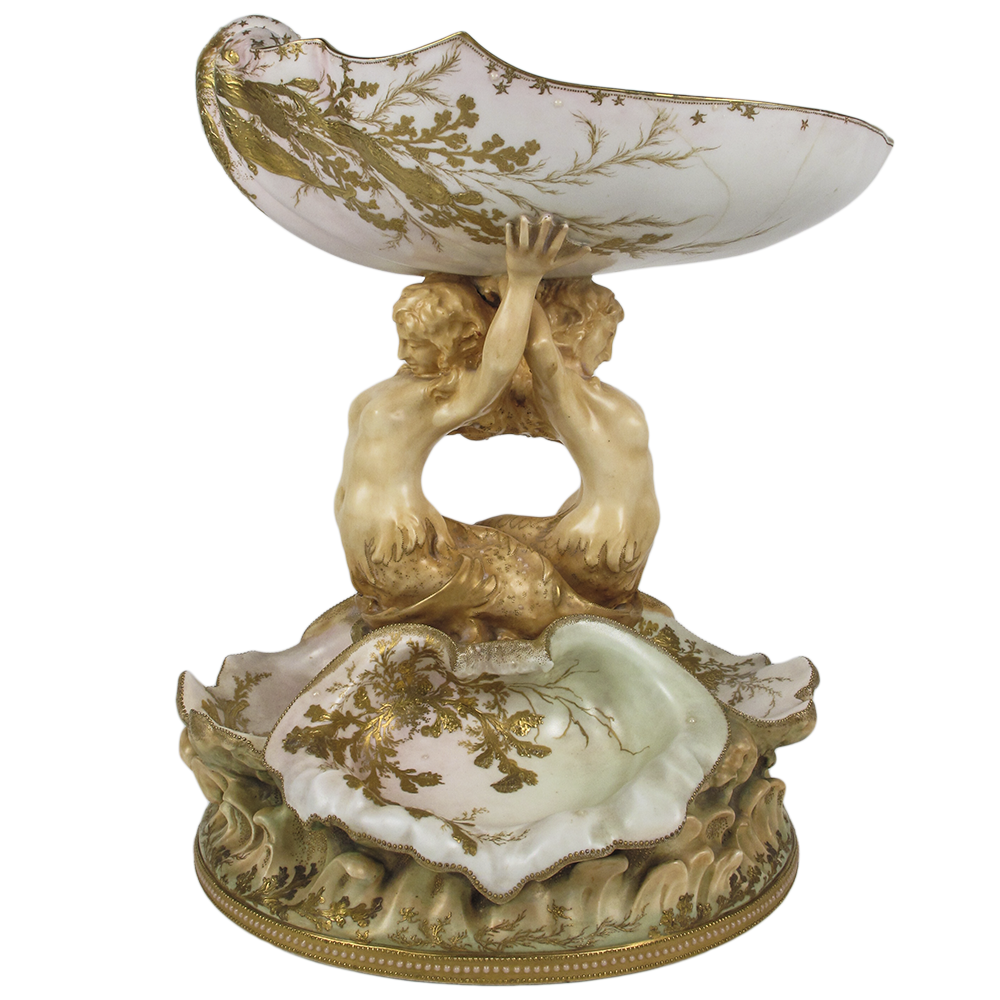
Doulton Mermaid Centerpiece for Chicago Exhibition 1893
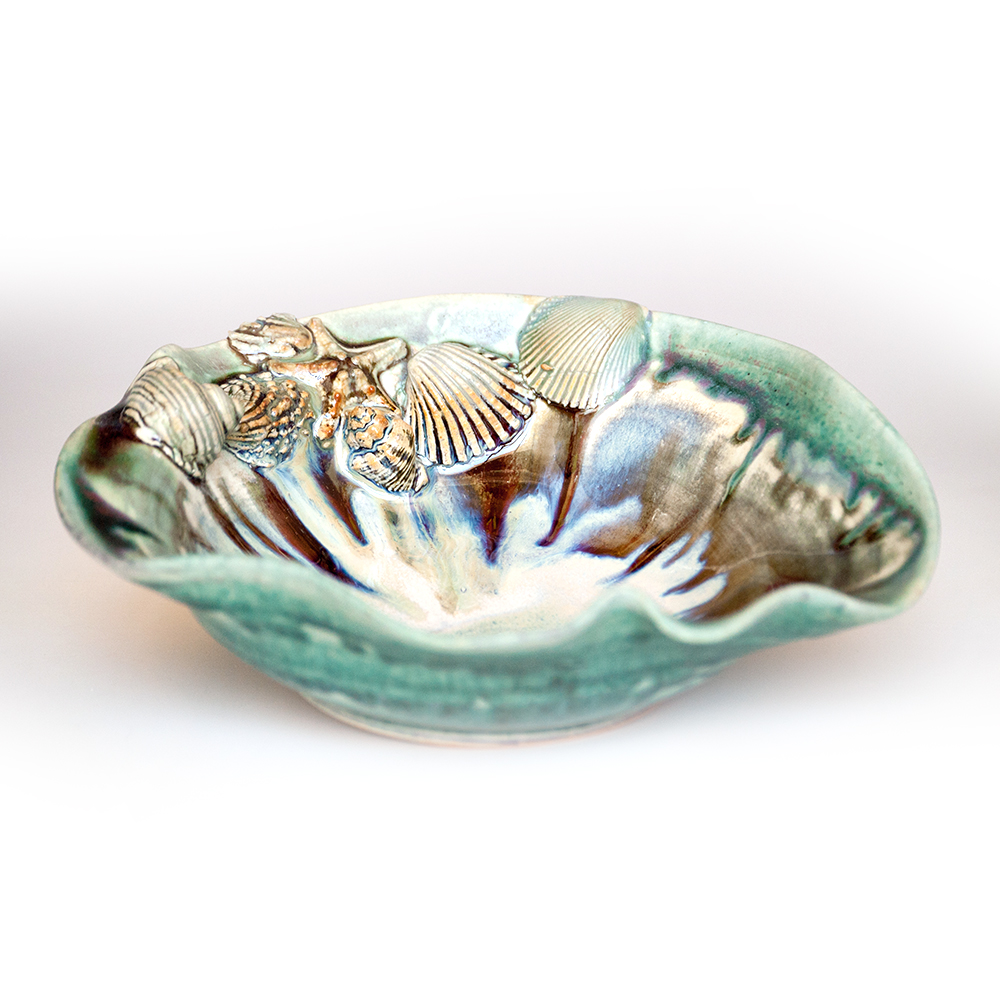
Alyssa Ligmont Tidepools Bowl
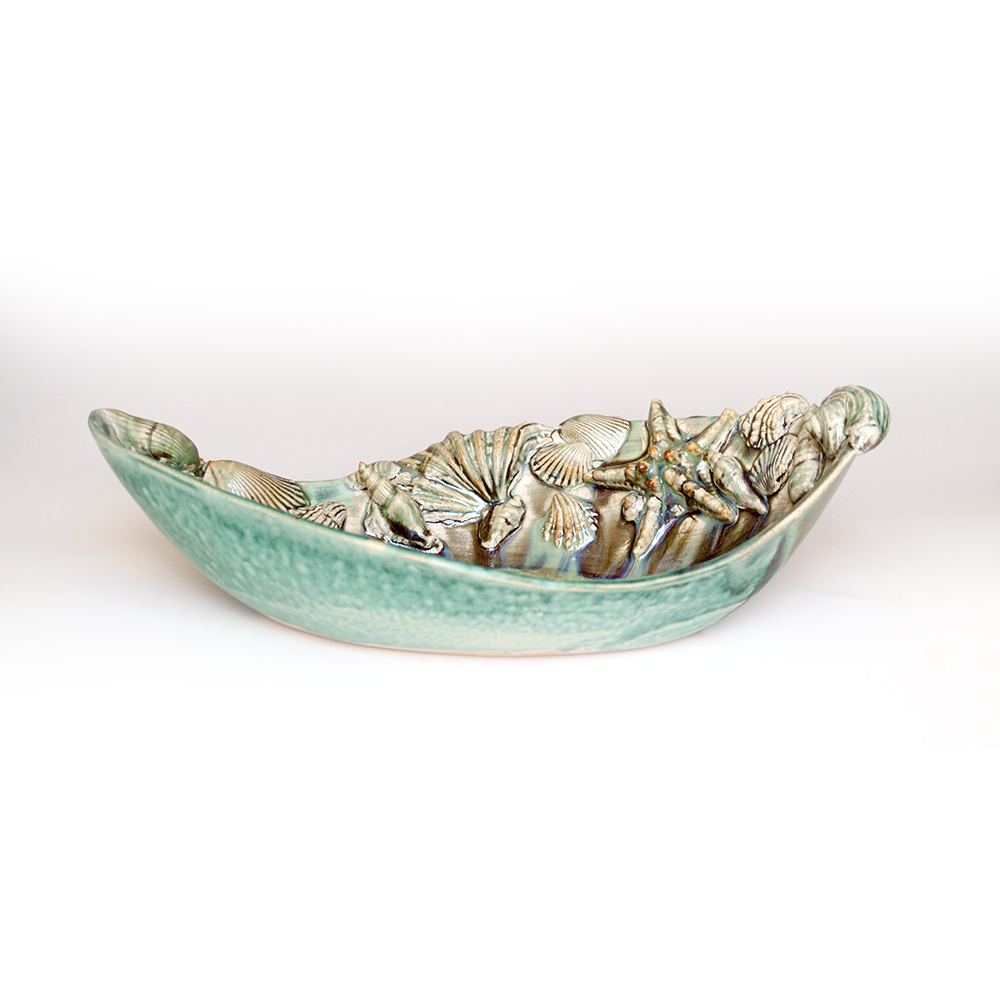
Alyssa Ligmont Tidepools Bowl
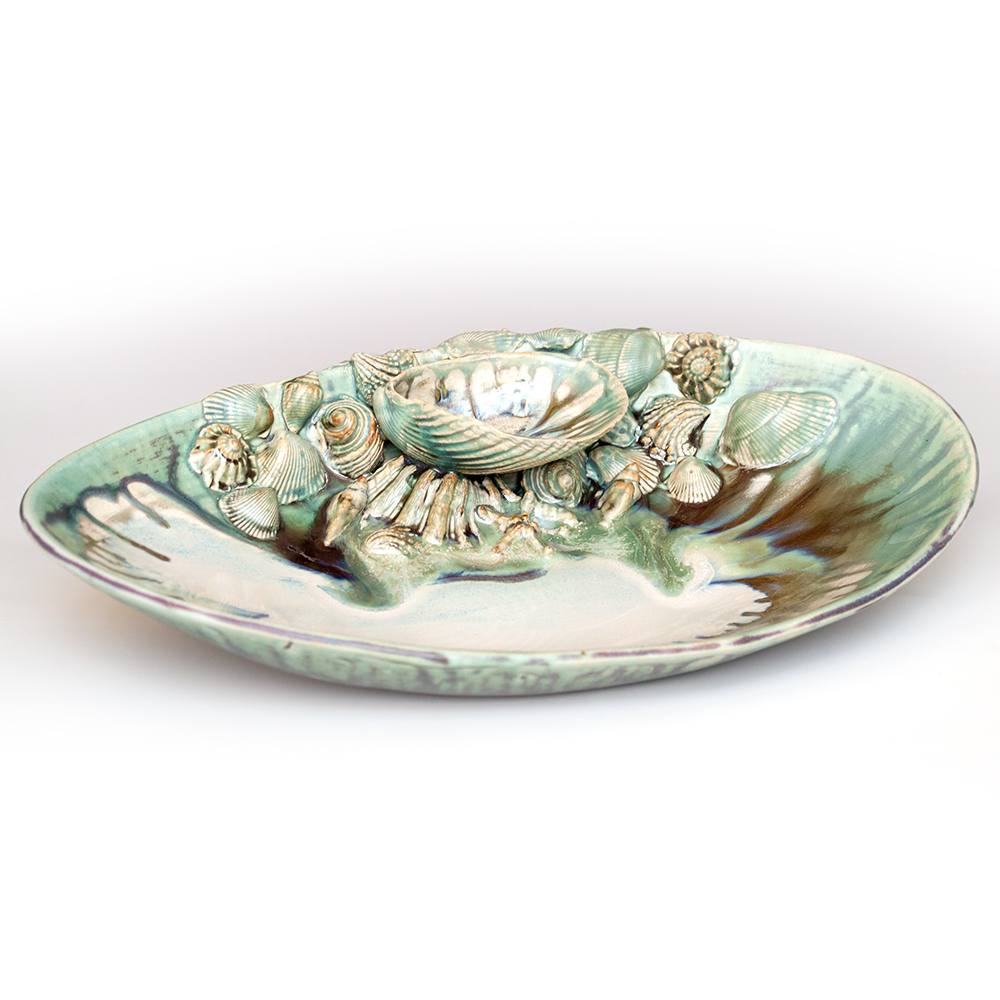
Alyssa Ligmont Tidepools Bowl
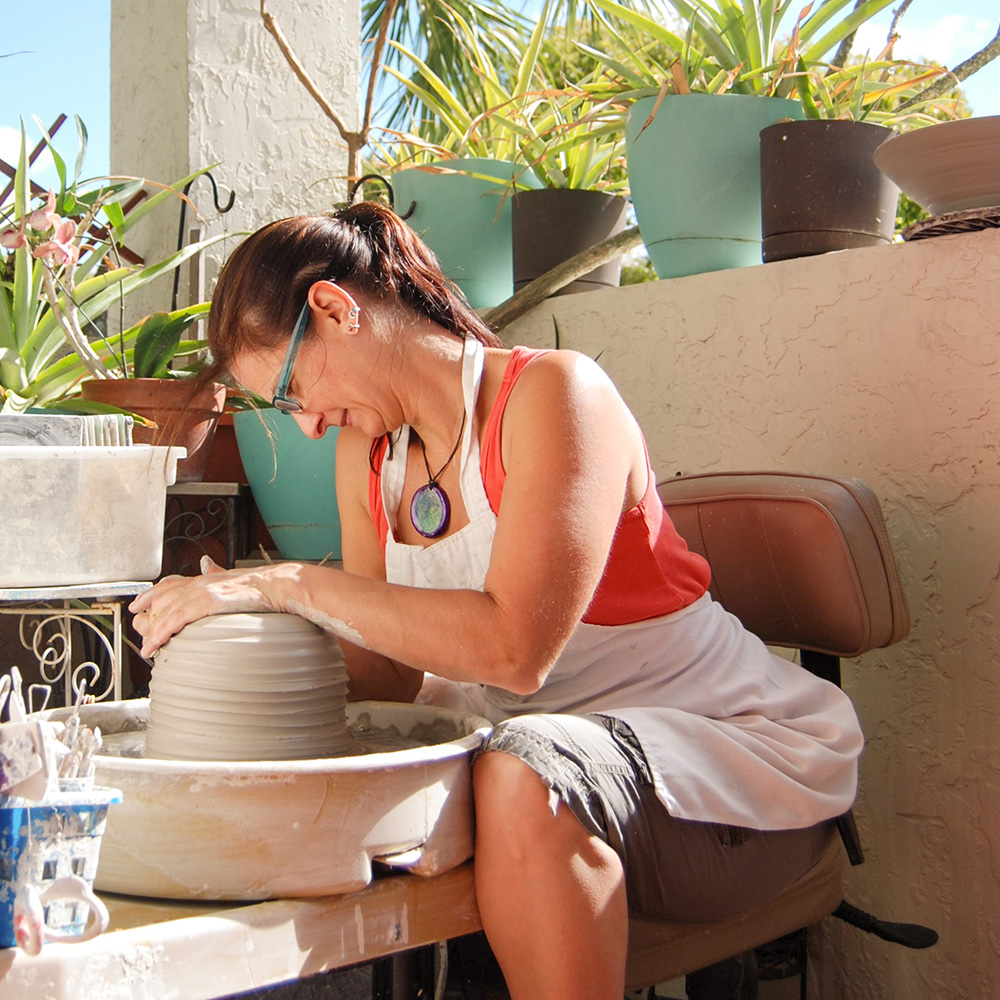
Alyssa Ligmont on Potter's Wheel
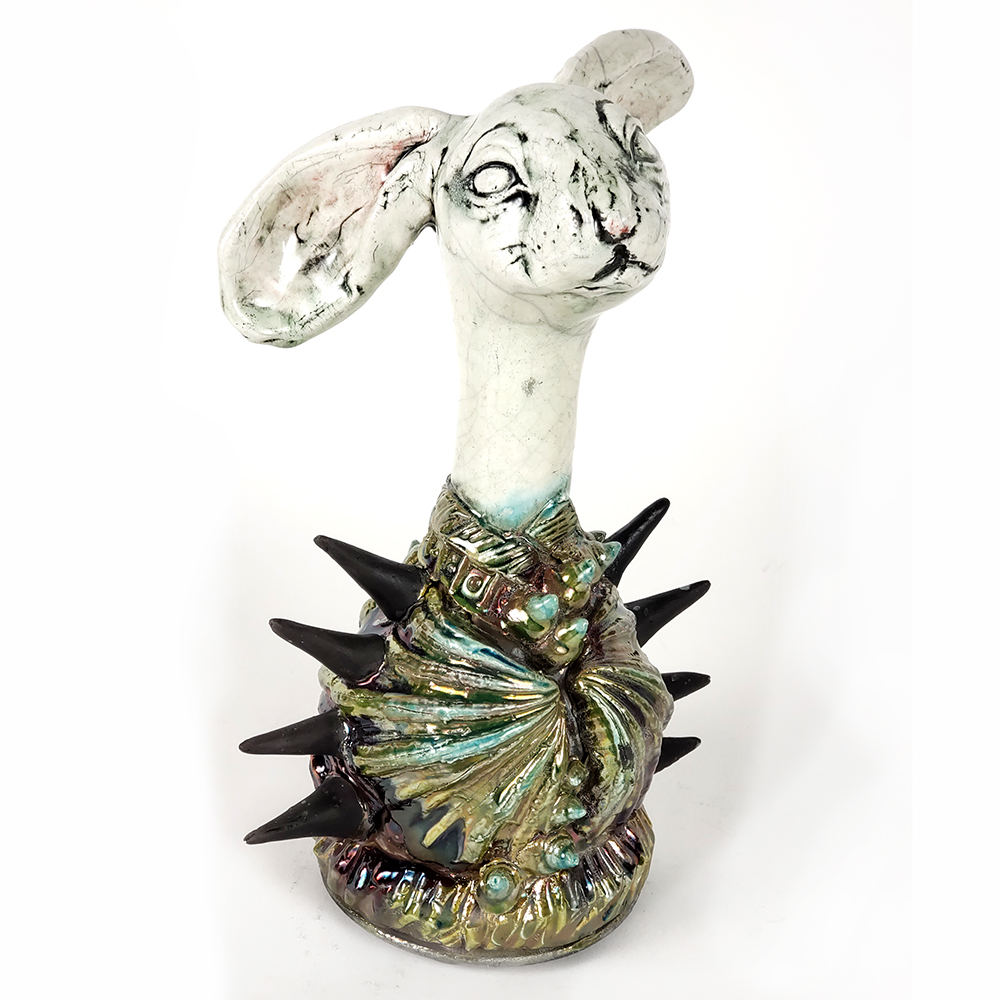
Alyssa Ligmont Sparkle Bunny
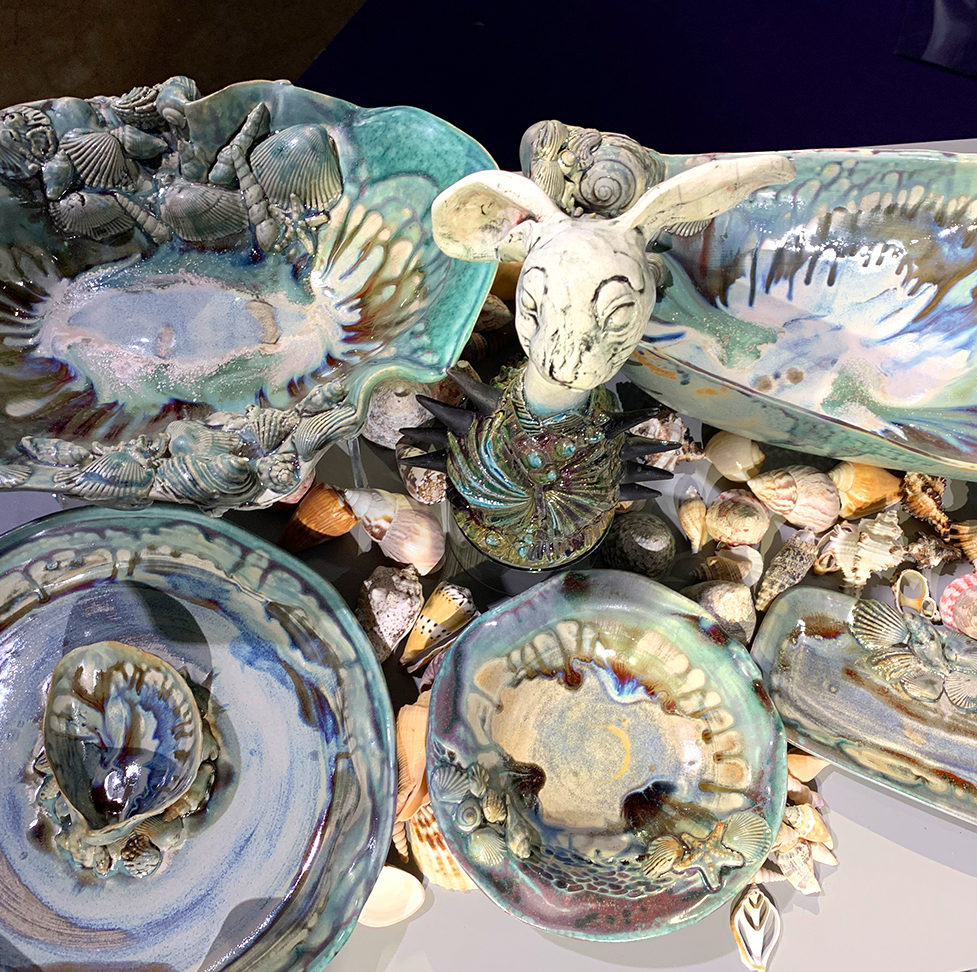
Museum Shop Seashell Group
